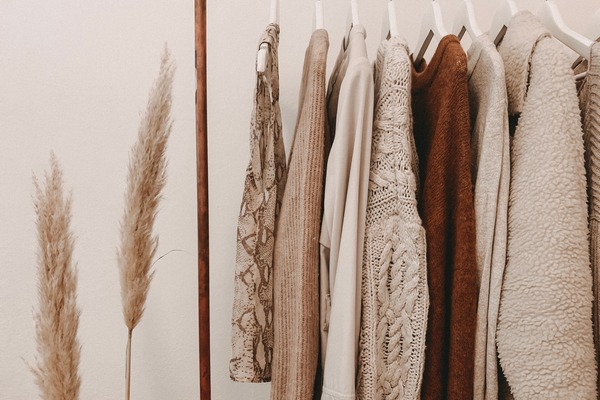One of the world’s biggest polluters is the fashion industry. Every year, the sector produces around 92 million tonnes of textile waste — a number that is expected to balloon to 134 million come 2030.
Unfortunately, being a massive source of waste isn’t the only way the fashion and clothing industry is impacting the planet. As highlighted in one of our previous posts, the textile and apparel business is also a major water consumer, a big producer of greenhouse gas emissions, and a primary source of microplastics that threaten marine life and add to marine plastic pollution.
All of these things, in combination with the rapidly growing interest in sustainability worldwide, makes it incredibly important for clothing manufacturers to find creative ways to reduce the negative impacts of the industry. With that in mind, this article will enumerate some of the surprising materials that can be reused to make sustainable and more eco-friendly clothes.

Circuit boards
As unbelievable as it may seem, certain electronic components can indeed be refurbished and used to make clothes — something that can be very useful given the growing electronic waste problem across the globe. A great example of this is printed circuit boards (PCBs). For those who are unfamiliar with what a PCB is, they are mechanical structures that boast a variety of conductive features such as copper traces, pads, heat sinks, or conductive planes. They are usually made with insulating material laminated between layers of conductive material and is considered the heart of every electronic device.
As computerized knitting technology continues to advance, engineers can now develop fabric circuit boards (FCB). According to scientists Qiao Li and Xiao Ming Tao of Hong Kong Polytechnic University, these circuit boards can be made with PCBs’conductive fibrous metal materials and traditional fabric. The resulting garments made of FCBs are highly resistant to bending, stretching, and washing. They can also be integrated into bulletproof vests, contain simple electronics themselves, or be used to connect devices that are mounted on the different parts of the body.
Plastic bottles
Plastic bottles pollute the world in many different ways. The popular beverage packaging not only uses up astronomical amounts of fossil fuel, but it can also leach into our environment when decomposing. This then causes a variety of health issues, including reproductive problems and different kinds of cancer. To mitigate the harmful effects of plastic bottles to the environment, companies like Everlane, Patagonia, Adidas, and H&M are turning to these plastic materials to make garments.
The process of turning plastic bottles into synthetic fibers is rather simple. What these companies do is that they first break bottles down into small flakes. These small flakes are then melted into tiny pellets, which are then melted once again, to be filtered and spun into threads. Today, there are many articles of clothing that are completely made from plastic bottles and are readily available on the market — from yoga pants and sweaters, to parkas and puffer jackets.
Pineapple leaves and orange peels
Despite widespread poverty, food scarcity, and hunger, nearly 50% of all fruit and vegetables produced globally are wasted each year. This reality is one of the things that greatly inspired Carmen Hijosa to develop Piñatex. Piñatex is a plant-based material made of fibers extracted from pineapple leaves that can be used as an alternative to leather. This material is made through a process called decortication, which harvests the fibers from the pineapple leaves. The pineapple fibers then undergo an industrial process to become a nonwoven textile that can be used to make any type of clothing.
Aside from pineapple leaves, another fruit by-product that can be recycled to make clothes are orange peels. Like pineapple leaf fiber, orange peels also have a lot of fiber, which can be extracted and used to make soft and silky fabrics. Italian company Orange Fibre produces this sustainable material by extracting circus cellulose from tons of citrus fruit by-products and creating a polymer out of it. These polymers are then spun into yarn to make high quality fabrics perfect for luxury and premium brands.
Grape skins, seeds, and stalks
In the hopes of finding a more eco-conscious and animal-free alternative to leather, environmental chemist Francesco Merlino and architect Gianpiero Tessitore worked hand-in-hand to establish Vegea. Together, they spent years studying different fruit and vegetable fibers to determine how they can be transformed into sustainable materials. Eventually, they discovered that the grape skins, seeds, and stalks discarded during wine production can actually be used to make grape leather.
The making of grape leather (aka wine leather) doesn’t waste water and typically uses existing machinery, which can be modified to not create carbon dioxide. Like any other traditional leather, grape leather is soft, smooth, stable, 100% sustainable, and can be recycled. Since 26 billion liters of wine are being produced worldwide every year, there is a big potential for these by-products to be transformed in big quantities.
